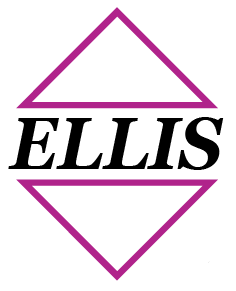The utilization of anchor points is recorded as part of OSHA’s fall protection safety regulations, which rely in part on quality standards for fall protection equipment that are set by the American National Standards Institute (ANSI). ANSI standard Z359.18 regulates the requirements that anchoring devices must meet to qualify as part of an OSHA-compliant anchor point. Safety Engineer review of the building identifies compliant and non-compliant anchors and what are permanent and temporary anchors plus signs and instructions for contractors to observe.
Anchor points used in workplaces are divided into two different categories. There are those installed by qualified professional engineers which are referred to as certified anchorages, and those installed by non-engineers who are recognized as having the fundamental level of skills and experience required for anchor point installation in USA. Anchor points installed by non-engineers are referred to as non-certified anchorages.
Certified and non-certified anchorages are recorded discretely in OSHA regulations. OSHA regulation 1910.140(c)(13)(i) covers non-certified anchorages, and this states that all non-certified anchor points must be able to support at least 5,000 lbs of weight for every employee attached to the anchor point. In the other hand, OSHA regulation 1910.140(c) (13)(ii) requires that certified anchor points only need to be able to support two times the load applied to the anchor point in the case of a fall. This weight is more often than not notably less than 5,000 pounds, often in the area of 1,800 to 2,400 lbs; OSHA clarified its requirements to be 2,500 lbs proof load.
Certified anchor points can always support less weight due to the fact that the engineer certifying them is better-qualified to understand exactly how much falling weight needs to be supported and how much weight the anchor point is capable of supporting. The weight-support specifications that apply to non-certified anchor points are designed to leave noteworthy room for error in case the individual assessing the anchor point makes an error.
Certified and non-certified anchorages are judged from a health and safety perspective. Anchor point programs assist you in taking control of safety on your job sites. It is vital to the success of the construction practice. Providing anchor points will benefit the build by reducing warranty issues, providing anchor points for multiple trades, reduce risk and liability and offer an anchor point past the construction phase.
Ellis Fall Safety recommends appointing a qualified safety professional, (Certified Safety Professional, CSP) to establish and monitor building contractor instructions and notices and inspects the building for violations. He or she is regularly in touch with the assigned structural engineer, window cleaning subject matter expert, installer/tester and helps coordinate the project to reduce liability and cost.

